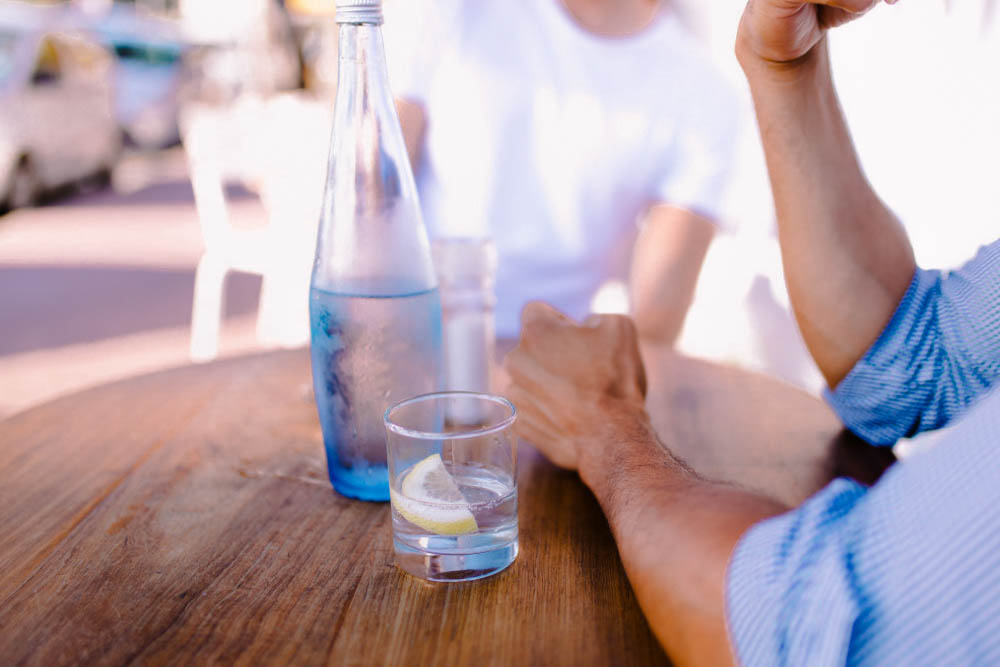5 Ideas to Make You Motivated for a Plastic-Free July
Not only does plastic pollution affect our oceans and wildlife but microplastics have also been reportedly found in food for human consumption.

Photo by Carina Koenig
While recycling efforts can have an impact, less than 10% of plastic produced is actually recycled. To travel upstream is to decrease the plastics we purchase, bring them into our homes, discard them, and dump them into the natural environment and world.
Not only does plastic pollution affect our oceans and wildlife (estimated by 2050 there will be more plastic in the ocean than fish ) but microplastics have also been reportedly found in food for human consumption (the average person could be eating up to 5 grams of plastic per week).
While it can be easy to feel hopeless regarding plastic use, pollution and consumption, we want to focus on the impact millions of individuals can have on the future and the influence we all have in our communities, schools, and places of business.
According to Earthday.org, Americans purchase 50 billion bottles per year, which averages to 13 per person a month. If one person used a reusable water bottle, you could save an average of 156 bottles annually. And for families of four or more, those numbers add up to 52 bottles monthly, or 676 annually.
Join the Plastic-Free July Challenge! It is a vital initiative of the Plastic-free foundation and began in 2011. You can learn more about them and their 2020 impact report here.
Below are five tips for easy ways to get started reducing your plastic use this July and beyond!
Dig deeper! If you are looking for even more ways to reduce your waste or want to take on a bigger challenge, research “zero waste” as some people aim to live lives that produce zero waste.
Visit https://www.plasticfreejuly.org/ for even more ideas and ways to get involved.
Learn about Bea Johnson and her family, who inspired a movement when they reduced trash; they produced in a year to one jar!



